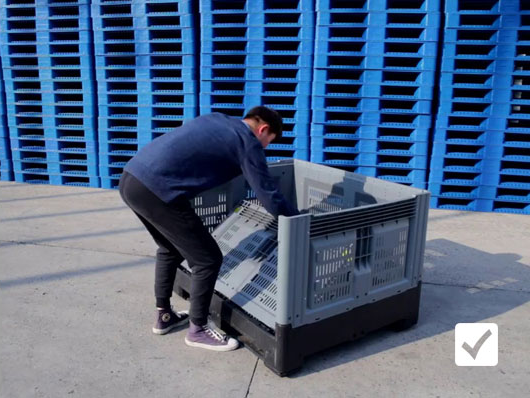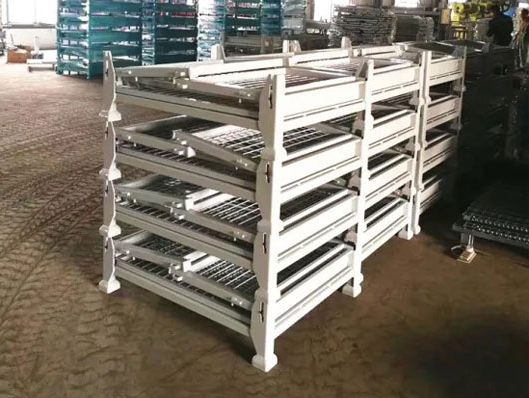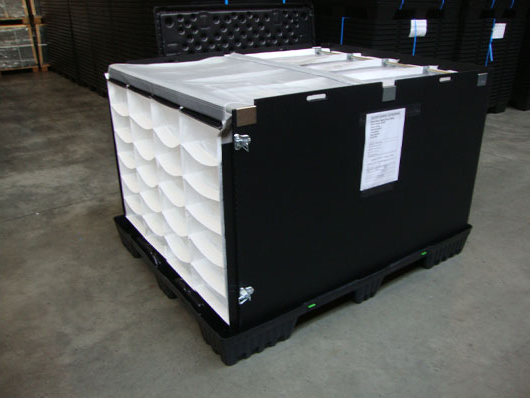Plastic or Metal Containers?
Plastic or Metal Containers?
The logistical equivalent of “to be or not to be…”. This question is one of the core dilemmas of logistics and has no universal answer. In the lines that follow, delve into an unbiased comparison between two distinct types of products.

1. Reduced Weight Advantage
Plastic boxpallets consist of polypropylene and offer robust longevity. Their structure is lightweight, as well. As a result, a plastic pallet container is several times heavier than its metal equivalent. Yet, it retains the same dimensions and load capacity. This translates into a tangible cost advantage for your company. Transport costs use to reflect volumetric weight.
Choose the efficiency of plastic pallet boxes and watch transport costs go down.


2. User-Friendly Handling
Seamless operations in warehouses become easy when choosing plastic pallet containers. They offer ease of loading, unloading and handling.
Metal containers, on the other hand, pose a challenge because of their weight, noise and bulk. In addition, the risk of injury looms when dealing with metal containers. They can collapse or tip over near employees.
Ensure a safer and more efficient work environment with the user-friendly attributes of plastic pallet containers.


3. Optimized Space Utilization
Numerous models of plastic pallet containers offer a space-saving advantage through foldable designs. Their volume minimizes by 70%.
This unique feature allows companies to save round-trip shipping costs for empty parcels. It further allows more efficient use of available storage space. In contrast, metal containers have a lower folding ratio. This limits their ability to optimize space.
Choose plastic pallet containers for a strategic approach to space-saving and enhanced cost-savings.


4. Weather-Resistant and Temperature Stable
Plastic pallet containers ensure resistance in various weather conditions and during ocean shipments. These containers are waterproof and resistant to rain, ice, snow or salt water. They retain their structural integrity. Metal containers are prone to rust over time. Their low resistance to expansion and contraction with temperature variations can lead to visible cracks. This compromises their structural strength.
Protect the cargo against weather damage and temperature fluctuations with plastic pallet containers.


5. Tailored for Unconventional Dimensions
For oversized or atypical sizes, metal containers become the preferred choice. Their inherent flexible nature adapts to various shapes and sizes. They allow customization with a specialized textile dunnage material to best secure products.
Metal containers are recommended when dealing with unique dimensions. They ensure adaptability and personalized solutions for cargo.


6. Heavy Loads and Special Handling
Metal containers are a more practical and cost-effective solution for substantial loads exceeding 600 kg/m3. They find use in particular for dry goods. These are subject to high temperatures or that require containers to unload by tipping. Their construction facilitates production and ensures resistance in difficult conditions.
Choose metal containers for handling heavy loads with specific requirements. With this choice, efficiency and cost savings increase.

